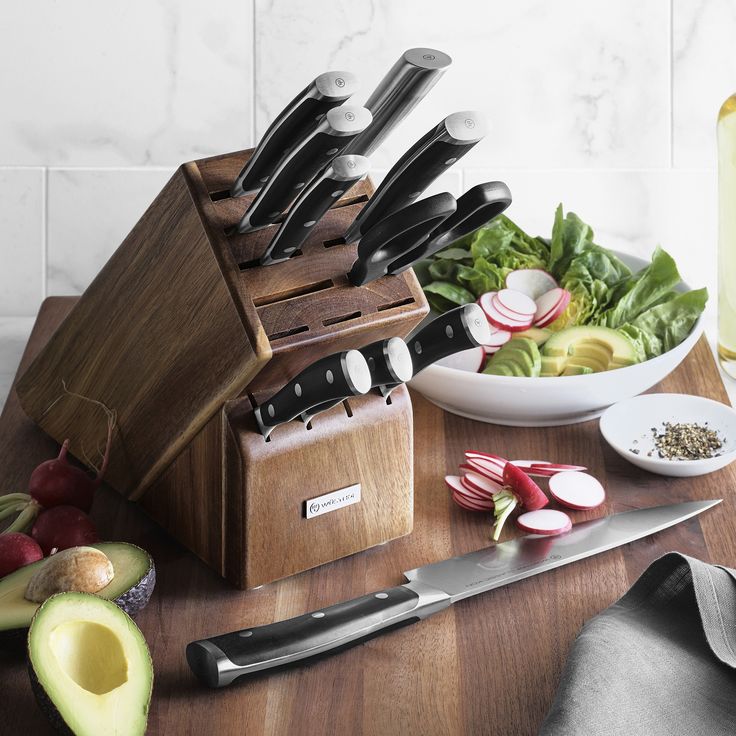Silicone cookware has gained immense popularity over the years due to its versatility, ease of use, and non-stick properties. From bakeware to kitchen utensils, silicone products offer a range of options for home cooks and professional chefs alike. However, despite the many benefits associated with silicone cookware, there are also potential dangers and drawbacks that consumers should be aware of. This article delves deep into the dangers of silicone cookware, examining the composition, usage, safety concerns, and alternative options to help you make informed decisions in the kitchen.
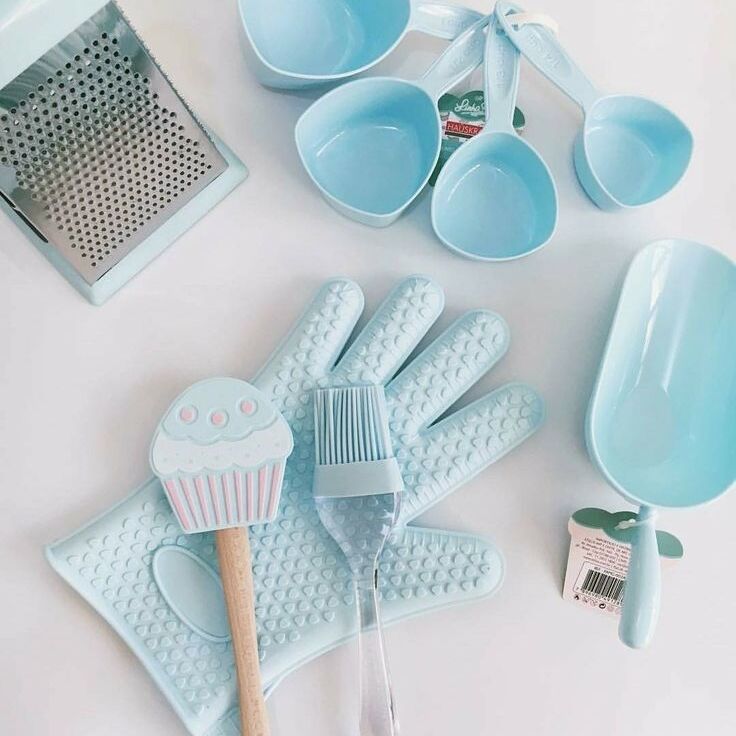
Understanding Silicone Cookware
Composition of Silicone
Silicone is a synthetic polymer derived from silica, a natural compound found in sand and rocks. The material is known for its flexibility, durability, and temperature resistance, making it an ideal choice for cookware and bakeware. Typically, silicone cookware is manufactured to withstand temperatures ranging from -40°F to 500°F (-40°C to 260°C). This durability has led many consumers to believe that silicone is a safe and convenient alternative to traditional materials like metal and glass.
Types of Silicone Cookware
Silicone cookware comes in an array of forms, including baking mats, muffin pans, spatulas, and mixing bowls. The flexibility and non-stick characteristics make it appealing for various cooking tasks, particularly baking. Additionally, silicone can be colored in bright shades, adding a fun element to kitchen accessories. However, the perceived safety of these products can overshadow the potential risks associated with their use.
Dangers of Silicone Cookware
Despite its popularity, silicone cookware carries several risks that consumers may not fully understand. Below are some of the primary dangers associated with using silicone cookware.
1. Chemical Leaching
One of the most significant concerns regarding silicone cookware is the potential for chemical leaching. Some silicone products are not 100% pure silicone, often mixing fillers, which can release harmful substances when heated. Research has shown that low-quality silicone cookware may contain materials such as PVC (polyvinyl chloride) and other additives that can leach into food.
2. Potential Toxicity
Certain low-grade silicone cookware may contain toxic additives such as bisphenol A (BPA) and phthalates, both of which are harmful to human health. These chemicals can disrupt the endocrine system and lead to long-term health issues, including reproductive problems, obesity, and even certain cancers. Therefore, consumers should be cautious when purchasing silicone products and always check for certifications that confirm their safety.
3. Heat Resistance Limitations
Although silicone is known for its heat resistance, it is not indestructible. Overheating silicone cookware can cause it to degrade, releasing potentially harmful chemicals into food. Cooking at excessively high temperatures, especially above 500°F (260°C), can damage the base material, leading to a compromise in structural integrity.
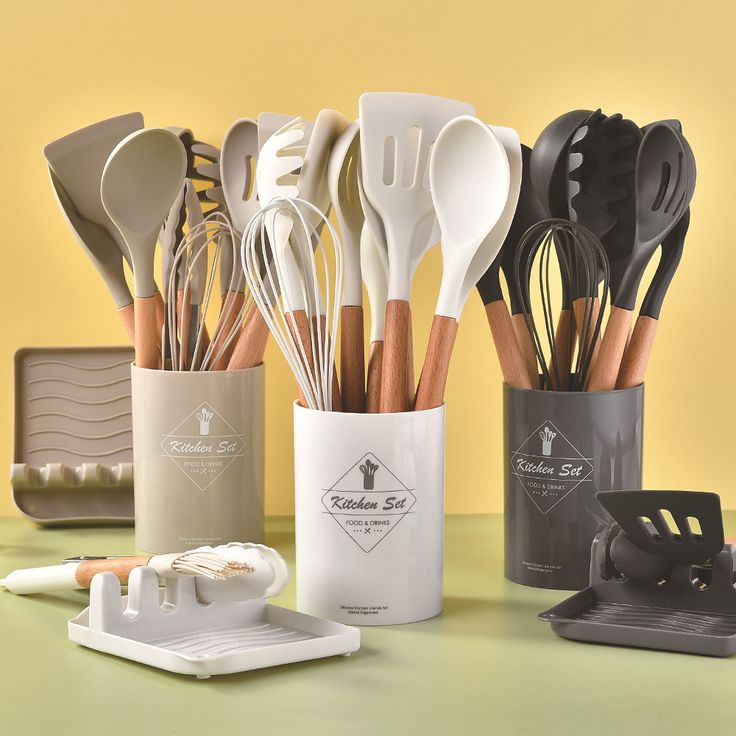
4. Durability Concerns
While silicone is marketed as durable, some products can degrade over time, especially with frequent use. Signs of wear and tear such as fading, discoloration, or a sticky texture can indicate a loss of quality. Using worn silicone products can elevate the risk of chemical leaching. Therefore, it’s essential to inspect cookware regularly and replace items showing signs of damage.
5. Non-Stick Concerns
Silicone cookware is often touted for its non-stick properties. However, not all silicone cookware performs equally. Lower-quality silicone products may not effectively prevent food from sticking, leading to frustration during cooking. Consumers might resort to using excessive amounts of oil or butter to prevent sticking, which can counteract some health benefits of using non-stick products in the first place.
6. Bacterial Growth and Cleaning Issues
Silicone is relatively easy to clean, but improper cleaning methods can lead to the growth of bacteria. Foods with high fat or acidic content may cling to silicone surfaces, requiring thorough scrubbing to eliminate residues. If not cleaned adequately, these residues can provide a breeding ground for bacteria, posing health risks.
7. Risk of Cross-Contamination
Silicone utensils and bakeware can absorb odors and flavors from strong spices and ingredients. This absorption can lead to cross-contamination during subsequent uses, affecting the taste of dishes. Although this issue isn’t a direct health hazard, it can detract from the culinary experience and may inadvertently lead to the consumption of unwanted flavors or allergens.
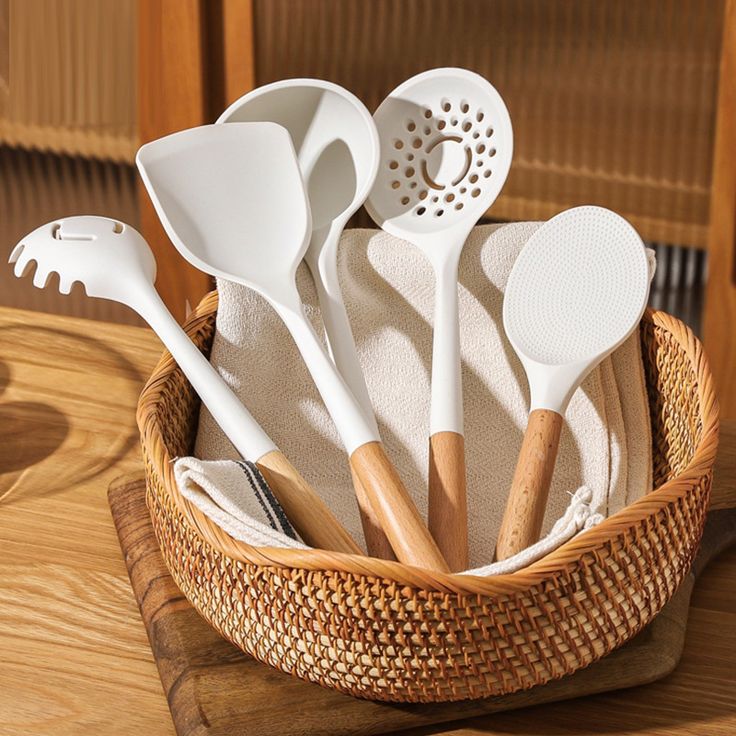
Safety Tips for Using Silicone Cookware
To mitigate the dangers of silicone cookware, consider implementing these safety tips:
1. Choose High-Quality Silicone
Prioritize purchasing high-quality silicone cookware from reputable brands. Look for products labeled as 100% food-grade silicone. These products are typically free from fillers and harmful additives. Certifications from food safety organizations can also provide additional assurance regarding a product’s safety.
2. Avoid High Temperatures
Stick to temperature recommendations provided by the manufacturer. Avoid using silicone cookware for high-temperature cooking, especially when baking. Monitoring the cooking temperature can prevent degradation and chemical leaching.
3. Regular Inspections
Regularly inspect your silicone cookware for signs of wear and tear. If you notice any changes, such as a sticky surface, discoloration, or cracks, it’s essential to replace the item. A proactive stance on maintenance can ensure safety in the kitchen.
4. Proper Cleaning
Adopt best practices for cleaning silicone cookware. Use a mild detergent and warm water, scrubbing gently to remove any residue. Ensure that the items are entirely dry before storage to prevent the growth of bacteria.
5. Avoid Cross-Contamination
Avoid using silicone utensils or bakeware for different types of food without proper cleaning in between. Separate items for cooking raw meats and for serving can help minimize the risk of cross-contamination.

Alternatives to Silicone Cookware
For those who remain concerned about the dangers of silicone cookware, several alternatives can provide similar benefits without the associated risks. Choosing these alternatives can enhance your cooking experience while prioritizing health and safety in the kitchen.
1. Bamboo Cookware
Bamboo is a sustainable and eco-friendly alternative to silicone cookware. As a renewable resource, bamboo grows rapidly and is often harvested without harming the environment. Bamboo utensils are lightweight and durable, making them easy to handle while cooking. They do not absorb flavors or odors, which means your cooking remains true to its intended taste. Additionally, bamboo does not leach harmful chemicals, ensuring that the food you prepare remains safe. While bamboo can withstand moderate heat, it’s essential to avoid exposing it to extreme temperatures for prolonged periods.
2. Stainless Steel Cookware
Stainless steel is another excellent choice known for its durability and resistance to wear. This type of cookware does not warp or degrade over time, making it a reliable option for everyday cooking. Stainless steel can also withstand higher temperatures, which is beneficial for various cooking methods, including frying and sautéing. In addition to its functional advantages, stainless steel cookware is easy to clean and is often dishwasher safe. Unlike silicone, stainless steel does not retain odors or flavors, making it a versatile choice for multiple types of cuisine.
3. Cast Iron Cookware
Cast iron cookware has been a staple in kitchens for generations due to its excellent heat retention and distribution. This timeless option is perfect for slow cooking, frying, or baking. While cast iron requires additional care to prevent rust and maintain its seasoning, it is extremely durable and can last for generations when properly maintained. Additionally, cast iron is free of harmful chemicals, making it a safe choice for cooking a wide variety of dishes.
4. Glass Bakeware
Glass cookware is a fantastic alternative, particularly for baking. It is non-reactive and does not leach chemicals into food, ensuring a safe cooking experience. Glass can withstand high temperatures and is generally dishwasher-safe for easy cleaning. Its transparency allows for easy monitoring of cooking progress, so you can keep an eye on your dishes without lifting the lid or covering.
5. Ceramic Cookware
Ceramic cookware provides a beautiful, non-toxic alternative to silicone products. It often features non-stick properties, making it easier to cook and clean. When choosing ceramic cookware, ensure it is high-quality and free of lead or other toxic glazes. This provides peace of mind when preparing meals, as you can enjoy both safety and aesthetics in your kitchen. The vibrant colors and unique designs of ceramic cookware can also enhance your kitchen decor, adding a personal touch to your cooking space.
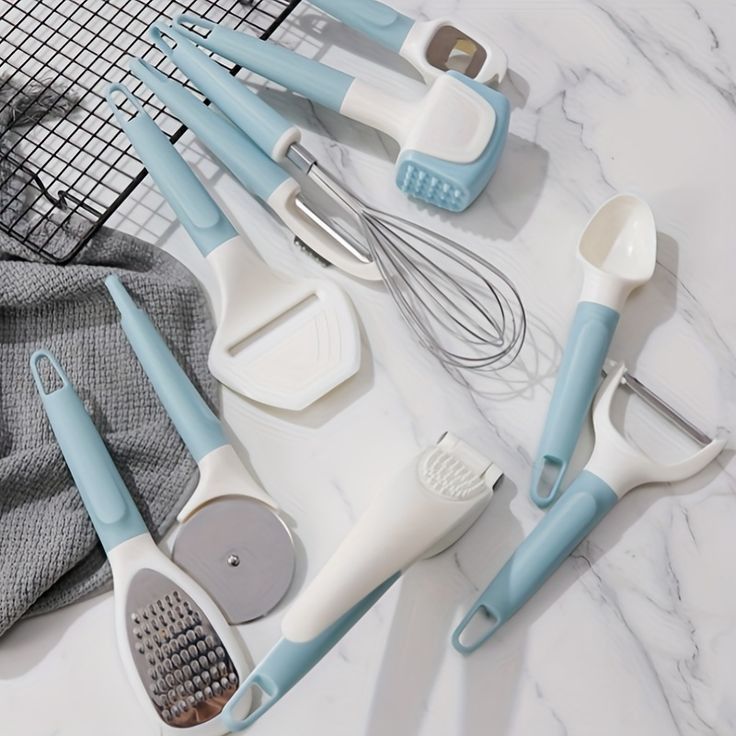
Conclusion
While silicone cookware offers convenience and versatility in the kitchen, it is important to be aware of the potential dangers of silicone cookware associated with its use. From chemical leaching to issues of durability and bacteria growth, consumers must evaluate their cookware choices carefully.
By choosing high-quality silicone products, practicing appropriate maintenance, and considering alternatives such as bamboo, stainless steel, or glass, individuals can create a safer cooking environment.
Ultimately, understanding the risks and benefits associated with silicone cookware empowers consumers to make informed decisions that reflect their values regarding safety, health, and sustainability in the kitchen. Prioritizing quality and being mindful of production processes is the key to a healthier culinary experience in today’s world.

